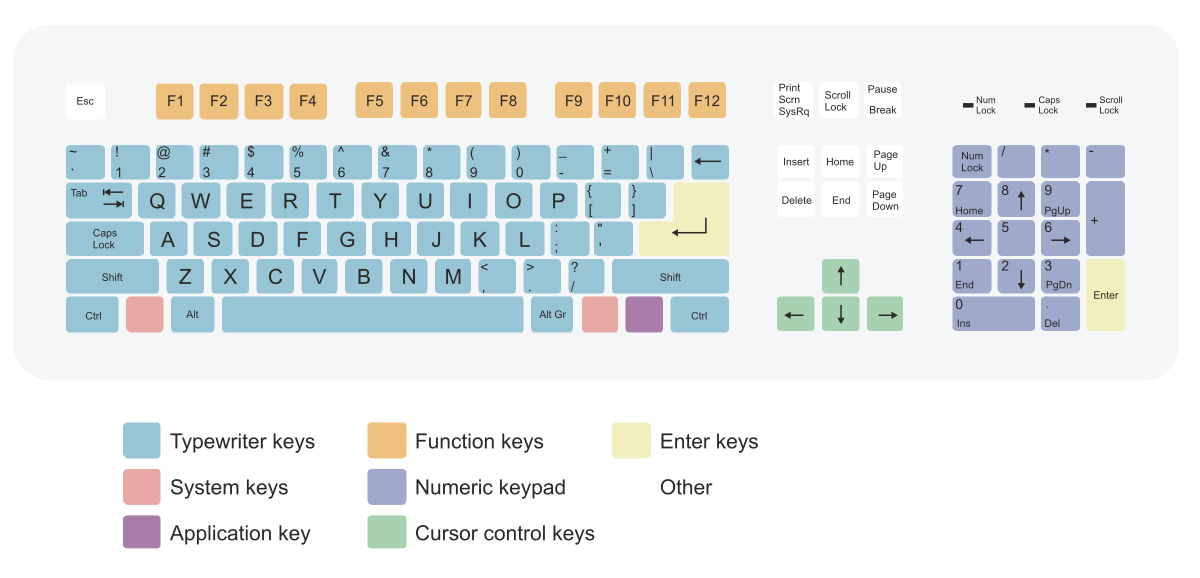

The bottom row is usually reached by the thumb, and it is pointing to the middle of that row, keys to the sides of the spacer bar, are out of reach, therefore, require special action/movement to be reached. Is easily reached and combined with the dominant fingers from the same hand or any finger from the other hand. and never by itself, always in combination with other keys, therefore, the right position to use something that requires a dominant key is to be in a position where it can be accessed easily enough, without much thinking and without making more difficult the main action, on reach for the baby finger is a perfect position. Without entering on the discussion if qwerty, azerty or any other is the best. Keyboards, from typewriters time to PC, are designed for optimal use of the movements of the fingers. Your main fingers are the index, the middle and the thumb. The shift key is used to activate temporarily the capitalization of the letters and the upper or secondary option on some keys. The question is: why on the IBM PC Keyboard (which has the bottom row), Shift key is located where it is, just below the home row? Is there any rationale for it besides the fact it was located there on the typewriters? Since Alt keys are used in shortcuts mostly, switching Shifts and Alts seemed to improve typing speed and accuracy for me (once I got used to it). in place of the Alt keys), so that they could be pressed by thumbs. It seems to me much more natural when both Shift keys are located on the bottom row (e.g.

to write Z? on QWERTY keyboard one should either do an extra inconvenient keypress (right-shift plus z, then left-shift plus /) or to use their little finger to hold some of Shifts for the whole time, and then use the corresponding ring-finger to press a key that is normally typed by little finger.

However, with the Shift being located where it is, one could only press it with their little finger, which means that e.g. Also, it is thought that one would type better if they always use the same finger for the same key. It is suggested that one should use only four fingers (index finger to little finger) to type letters and numbers, while the thumbs are only used for spaces and other keys in the bottom row.


 0 kommentar(er)
0 kommentar(er)
